45 carbs on food labels
Carb Counting | CDC - Centers for Disease Control and Prevention Carbs are measured in grams. On packaged foods, you can find total carb grams on the Nutrition Facts label. You can also check this list or use a carb-counting app to find grams of carbs in foods and drinks. For diabetes meal planning, 1 carb serving is about 15 grams of carbs. This isn't always the same as what you think of as a serving of food. Food Labels: Carbohydrates | Home & Garden Information Center The 2015 Dietary Guidelines for Americans makes the following recommendations about daily consumption of unrefined carbohydrate foods, based on a 2,000-calorie diet: Choose fiber-rich fruits, vegetables, and whole grains often. 6 ounces of grain products, with at least half of this amount being whole grain products 2 ½ cups vegetables
What Is the Difference Between Sugar & Carbs on Food Labels? With 4 calories in 1 gram of carbohydrates, this amounts to 225 to 325 grams of total carbohydrates on a 2,000-calorie-per-day diet. The Code of Federal Regulations for food and drugs requires that food labels list carbohydrates, in grams, as "Total Carbohydrates" or "Total Carbs," typically appearing above "Protein" in a bold font.
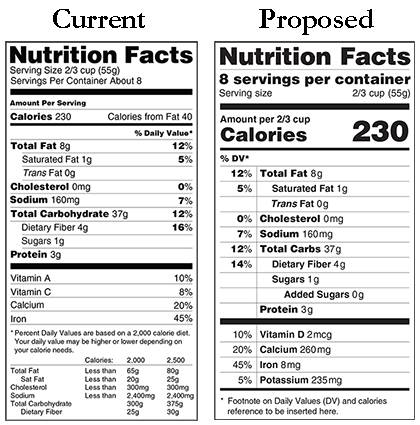
Carbs on food labels
Counting Carbs using Food Labels - YouTube Feb 3, 2021 ... In this video, Dietitian Katie shows you how you can use the information on food labels to calculate how many carbohydrates are in the foods ... This Is How to Read a Nutrition Facts Label on the Keto Diet Each nutrient listed on the label refers to the amount of that label contained in one serving, which is usually not the entire package. For instance, if "Total Carbohydrates" are listed as 10 grams (10 g), that's accurate for one serving. What Is the Difference Between Sugar & Carbs on Food Labels? Each gram of carbohydrate and protein provides 4 calories, while a gram of fat provides 9 calories. Carbohydrates are found in a wide variety of foods, such as grain products, including bread, pasta, breakfast cereals, oatmeal, flours, crackers, starchy vegetables like potatoes and corn, legumes, milk, yogurt, fruits, juices, sugar and desserts.
Carbs on food labels. Reading labels | Diabetes UK Key points Always look at the 'total carbohydrate' on the label when carb counting. This will make sure you are counting both the complex (starchy) and simple (sugary) carbs in your food. Both will raise your blood glucose (blood sugar) levels, and need to be matched with insulin. Simple Carbohydrates vs. Complex Carbohydrates - Healthline Aug 19, 2020 · Simple carbs are sugars. While some of these occur naturally in milk, most of the simple carbs in the American diet are added to foods. Common simple carbs added to foods include: raw sugar; brown ... What "Net Carbs" On Food Labels Actually Means What "Net Carbs" On Food Labels Actually Means By Stephanie Lee 11/06/15 11:00AM Comments ( 6) A myriad of low-carb products are marketed as having "zero net carbs", but a closer look at the... Added Sugars on the New Nutrition Facts Label | FDA - U.S. Food and ... Single-Ingredient Sugars and Syrups Sample Label Let the Nutrition Facts Label Be Your Guide The new Nutrition Facts label can help you compare and choose foods that are lower in added...
How to Understand and Use the Nutrition Facts Label | FDA - U.S. Food ... It can tell you if a serving of food is high or low in a nutrient and whether a serving of the food contributes a lot, or a little, to your daily diet for each nutrient. Note: some nutrients on... Learning To Read Labels :: Diabetes Education Online The serving size listed is 3 pieces (or 90 grams if you are weighing the product). The grams of total carbohydrate per serving is 30 grams. If you eat 6 pieces, that is two servings. You would be getting 60 grams of total carbohydrate (1 serving = 30 grams of total carbohydrate, 2 servings = 60 grams of total carbohydrate). How to Read Food Labels | Your Low Carb Hub The below label shows there are 4.3g of carbs in a 15ml serving size which is equivalent to one tablespoon. 3.4g of this is sugar. There is 22.7g of sugar in 100ml, that's 5.6 teaspoons of sugar. The World Health Organisation (WHO) recommends no more than 5-10 teaspoons of added sugar in an entire day. Food Labels | CDC - Centers for Disease Control and Prevention If you eat the whole thing, you are eating 8 times the amount of calories, carbs, fat, etc., shown on the label. Total Carbohydrate shows you types of carbs in the food, including sugar and fiber. Choose foods with more fiber, vitamins, and minerals. Choose foods with lower calories, saturated fat, sodium, and added sugars. Avoid trans fat.
Reading Food Labels | ADA - American Diabetes Association The Nutrition Facts labels on foods are really the key to making the best choices. We'll cover the basics so that these labels make shopping easier for you. Get started Understanding Carbs You've heard it all. From carb-free to low-carb, to whole and empty carbs, it's hard to know what it all means. Learn more Food & Blood Sugar How To Read Nutrition Labels (Like a Pro) - Ditch The Carbs The front of the box states it is high in fibre, cholesterol-lowering and has a 4.5 star rating, but look at the nutrition label and it tells another story. Per ¾ cup serving (and most people serve 1-2 cups) + ½ cup milk = 37.9g carbs, 15.5g sugars. The only reason it has any vitamins is because it has been fortified. 13 Simple Ways to Eat Fewer Carbs - Healthline Jul 23, 2021 · Reading food labels and understanding serving sizes can help you make more informed choices when it comes to reducing carb intake. 13. Count carbs with a nutrition tracker Counting Carbohydrates Using a Food Label - YouTube Jul 23, 2013 ... Reading food labels can be confusing. This video, from the experts at the Diabetes Center at The Children's Hospital of Philadelphia, ...
Carb Counting #2: Nutrition Labels - tandemdiabetes.com For counting carbohydrates, the two most important and useful items on the label are: Serving Size Total Carbohydrate "Total Carbohydrate" should be the main focus - NOT just the Sugars. Total Carbohydrate reflects all sugars, including sugar, starch, fiber, and sugar alcohol.
19 Complex Carbohydrates List - Simple Vs. Complex Carbs Aug 01, 2022 · While you can eat simple carbs (think: processed or refined sugars) like juice, ice cream, candy, and white bread in moderation, the majority of your carb intake should consist of complex carbs ...
How To Figure Out The Carbs On Nutrition Labels Trying to interpret the carbohydrates on nutrition facts labels can be downright confusing. There's a number for total carbohydrates but then there are subheadings for dietary fiber, sugars, and sometimes insoluble fiber, sugar alcohols, and other carbohydrates. What Does Everything Mean? Total Carbohydrate, shown in grams, is first.
Get to Know Carbs | ADA - American Diabetes Association "Net carbs" are determined by subtracting any fiber or sugar alcohols on the label from the total carbohydrates. This is assuming that fiber and sugar alcohols are not absorbed or metabolized, but this is not always true, and some are partially digested and therefore still provide calories as well as impact blood sugar.
PDF Read the Food Label for Carbohydrates - National Institutes of Health Read the Food Label for Carbohydrates Food labels help you choose foods that are lower in calories and in carbohydrates and sweeteners. Here is a food label for a 12-ounce regular soda. The label provides lots of useful information. 1. Serving Size and Number of Servings The serving size is 12 ounces. There's 1 serving in this container. 2.
Reading food labels: Tips if you have diabetes - Mayo Clinic Just as food labels can help you avoid certain foods, food labels can also serve as your guide to free foods. A free food is one with: Fewer than 20 calories a serving Less than 5 grams of carbohydrates a serving Do the math Pay attention to serving sizes.
How to Read a Food Label to Make Sure It's Keto in 3 Easy Steps Total Carbohydrate ( 4 grams) - Dietary Fiber ( 1 gram) = 3 gram s Net Carbs The Total Carbs for ⅔ cup of this packaged cauliflower is 4 grams, and the Net Carb is 3 grams. Why the 2 camps The reason there's an impassioned debate about whether to count Total Carbs or Net Carbs is because both camps are right. I know.
Food Labels and Counting Carbs - dummies Total Carbohydrate is listed in grams. Because %Daily Value is written in bold and off to the right side of the label, and lined up neatly with the actual amount, it is easy to allow your eye to zero in on the %Daily Value rather than the actual amount in grams.
Understanding food labels | Diabetes UK All carbohydrates raise blood glucose levels. Labels on the front don't include the amount of carbs, so check the label on the pack for the total carbohydrate, ...
Food labels - NHS These labels provide information on the number of grams of fat, saturated fat, sugars and salt, and the amount of energy (in kJ and kcal) in a serving or portion of the food. But be aware that the manufacturer's idea of a portion may be different from yours. Some front-of-pack nutrition labels also provide information about reference intakes.
Making Sense of Food Labels | ADA - American Diabetes Association Total carbohydrate on the label includes all three types of carbohydrate: sugar, starch and fiber. It's important to use the total grams when counting carbs or ...
What's the Difference between Carbohydrates & Sugar on Food Labels ... Carbohydrates - 3g. Of which sugars - 2.8g. For this example, you'd count 3g carbohydrates and the sugar amount of that total is 2.8g. Sugar is found in many forms such as sweets, fizzy drinks and desserts. However sugar is also found in other foods like sauces, condiments, bread and other savoury foods. Always check labels on foods that ...
How Do They Calculate Calories on Food Labels? 22 grams of carbohydrate (22 x 4 = 88 calories) 2 grams of protein (2 x 4 = 8) ...should contain approximately 140 calories. It's important to recognize that 4-9-4 is an average, and not an exact amount. For example, 1 gram of fat in one food may yield 8.34 calories while 1 gram of fat from another food yields 9.7 calories.
Orthorexia | National Eating Disorders Association Compulsive checking of ingredient lists and nutritional labels; An increase in concern about the health of ingredients; Cutting out an increasing number of food groups (all sugar, all carbs, all dairy, all meat, all animal products) An inability to eat anything but a narrow group of foods that are deemed ‘healthy’ or ‘pure’
How To Read Food and Beverage Labels | National Institute on ... These foods have a legal limit to how many calories, grams of fat, or carbohydrates (carbs) they can contain per serving. However, if a serving size is very small, you may end up eating multiple servings in one sitting, ultimately consuming the same amount of fat, calories, and carbs as the regular version of the food. Multigrain.
Carb vs. Sugar: How to understand nutrition labels Sep 21, 2017 ... Understanding nutrition labels ... Carbohydrates are actually comprised of three nutrients: carbohydrates, fiber, and sugar. You may, and will see ...
Low Carb Guide to Understanding Nutrition Labels - Virta Health The carbohydrate count is given as total grams, and then broken down into carbs from fiber and sugar. Focus on total carbohydrate. Sugar should be zero as often as possible (1-2g at most). Fiber is a carb and should be included in your total for the day (initially 30g or less). Again, pay attention to the serving size.
Carbohydrates and Blood Sugar | The Nutrition Source ... This measure is called the glycemic load. (11,12) A food’s glycemic load is determined by multiplying its glycemic index by the amount of carbohydrate the food contains. In general, a glycemic load of 20 or more is high, 11 to 19 is medium, and 10 or under is low.
LABEL READING: CARBOHYDRATES AND SUGARS - Renaissance Nutrition Center ... The label may list as many as six items: Total Carbohydrate. Dietary Fiber. Soluble fiber. Sugars. Sugar alcohols. Other Carbohydrates. Some manufacturers voluntarily include the subcategories of sugar alcohol and "other carbohydrates.". Others do not.
How to Use the Nutrition Facts Label — Diet Doctor This bar has 13 grams of net carbs per serving. If you eat half a serving (1/4 of the bar, or 20 grams), you'll consume 6.5 grams of net carbs. This may be fine for some low-carbers. But for others, especially keto eaters, this bar is too high in net carbs. Instead of placing it in the cart, it goes back on the shelf.
What Is the Difference Between Sugar & Carbs on Food Labels? Each gram of carbohydrate and protein provides 4 calories, while a gram of fat provides 9 calories. Carbohydrates are found in a wide variety of foods, such as grain products, including bread, pasta, breakfast cereals, oatmeal, flours, crackers, starchy vegetables like potatoes and corn, legumes, milk, yogurt, fruits, juices, sugar and desserts.
This Is How to Read a Nutrition Facts Label on the Keto Diet Each nutrient listed on the label refers to the amount of that label contained in one serving, which is usually not the entire package. For instance, if "Total Carbohydrates" are listed as 10 grams (10 g), that's accurate for one serving.
Counting Carbs using Food Labels - YouTube Feb 3, 2021 ... In this video, Dietitian Katie shows you how you can use the information on food labels to calculate how many carbohydrates are in the foods ...

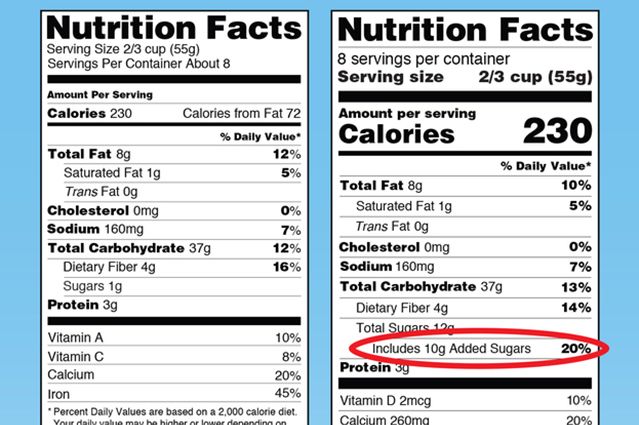
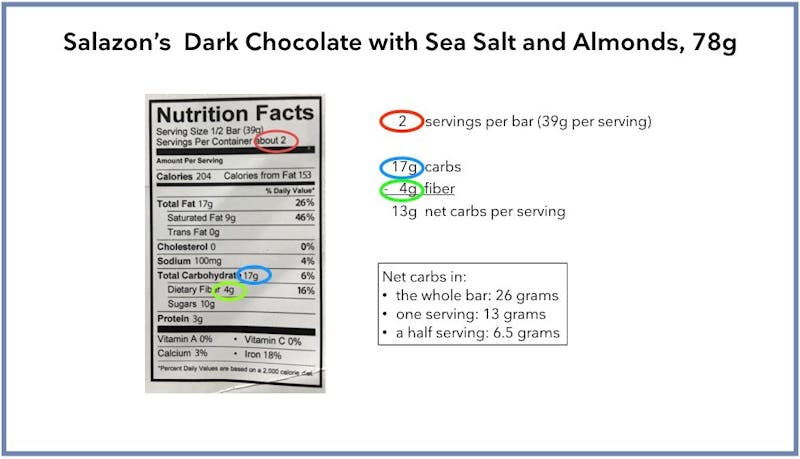
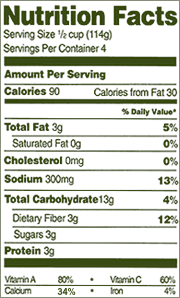



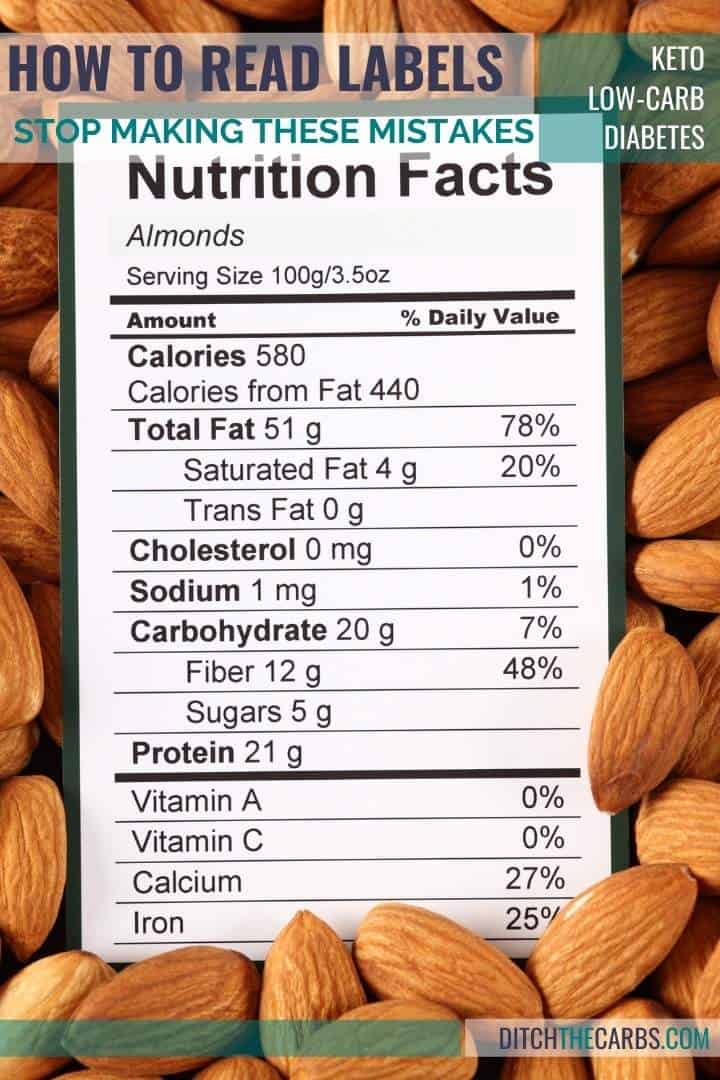
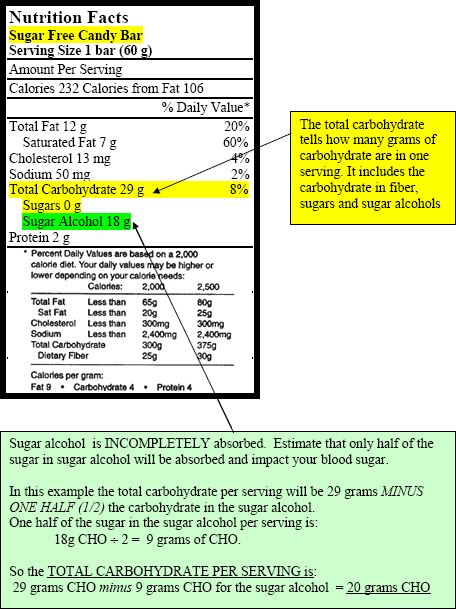
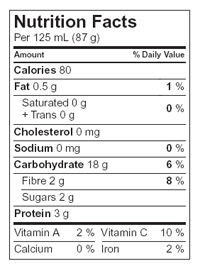
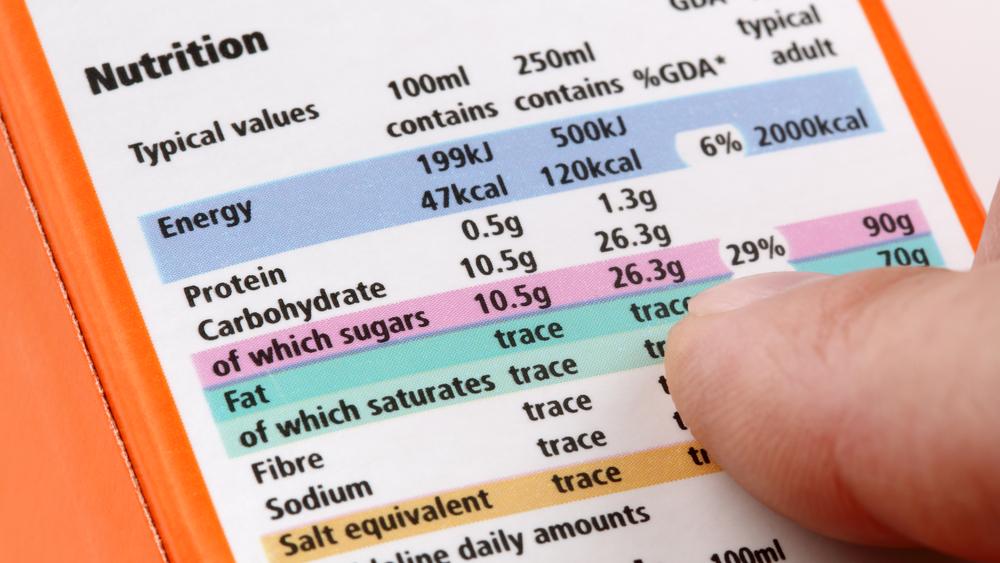
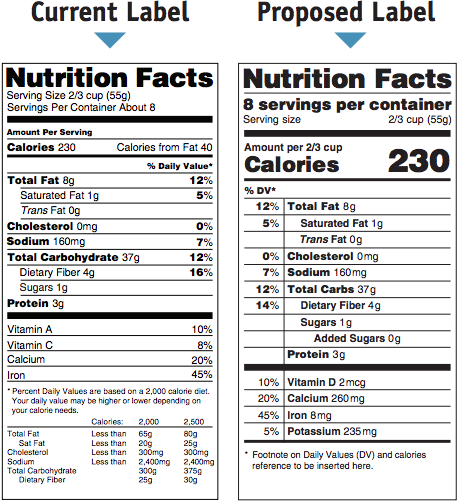
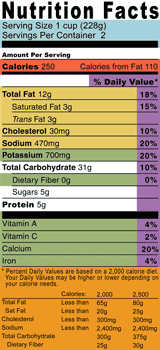
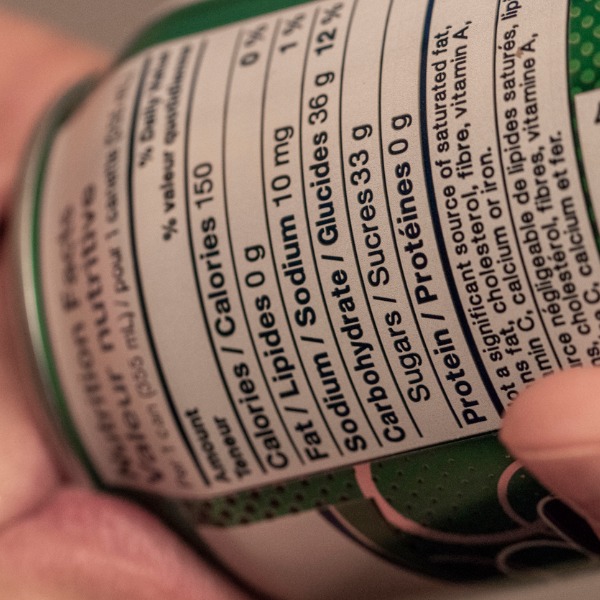
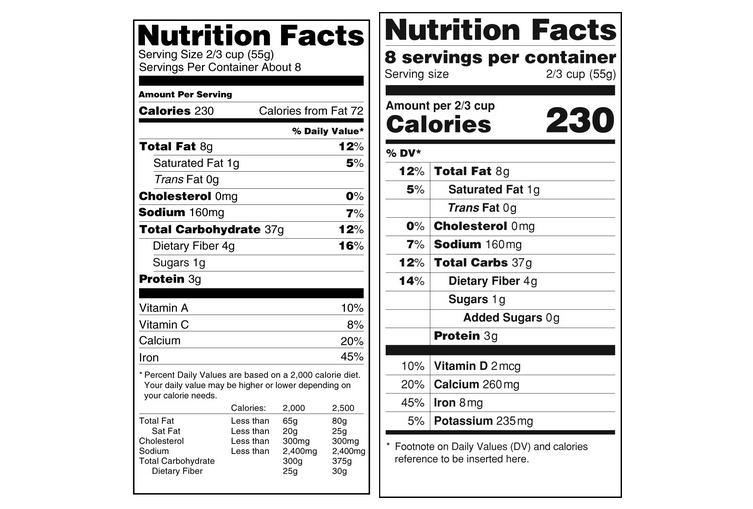

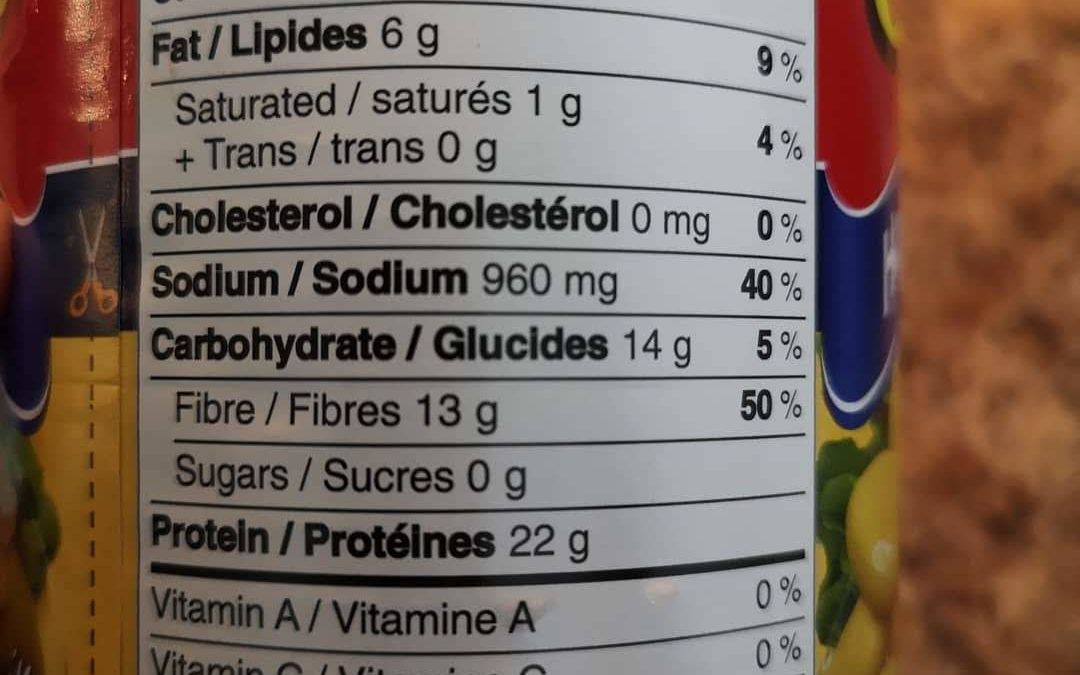
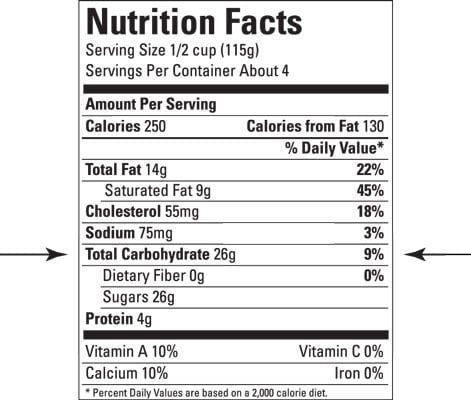

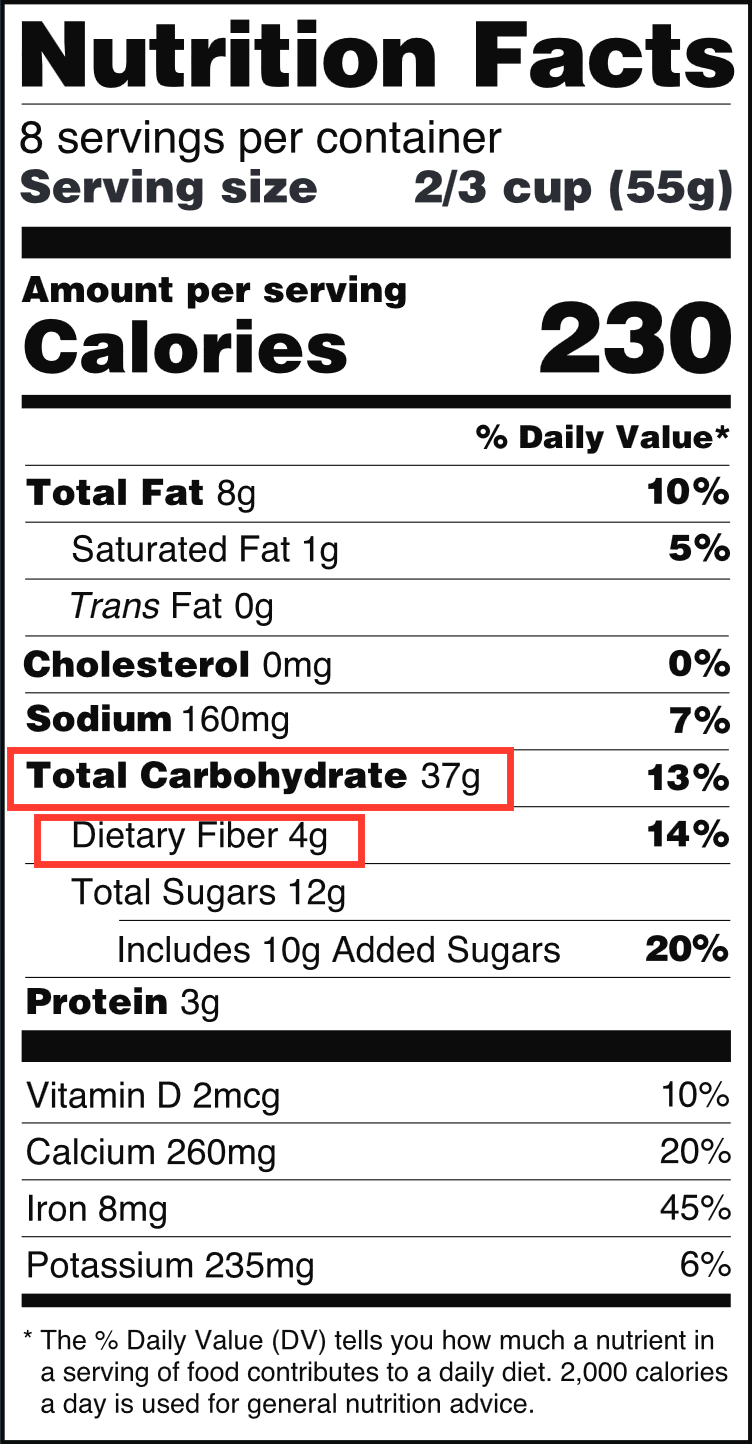
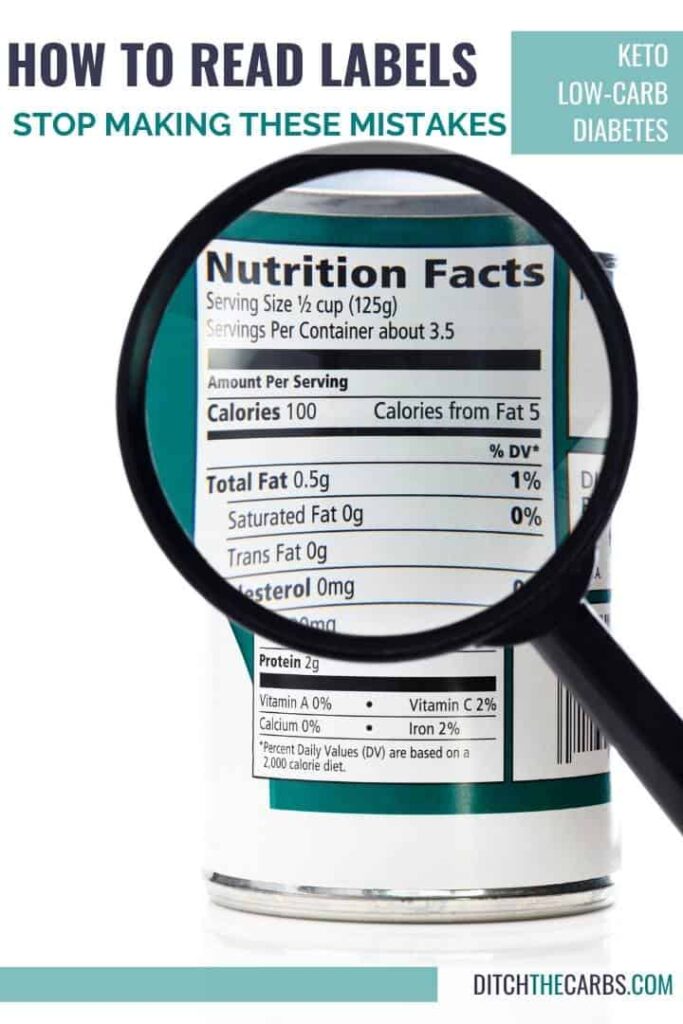
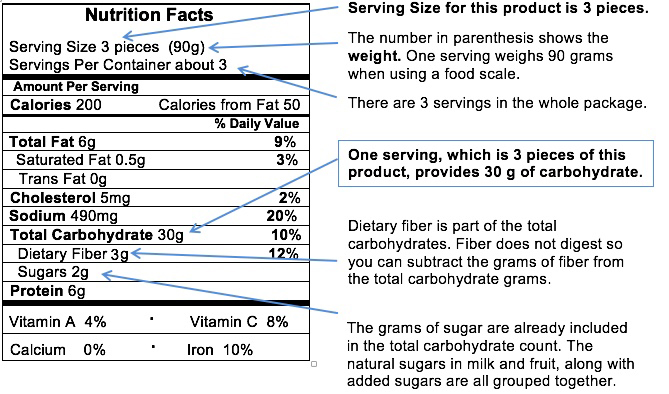



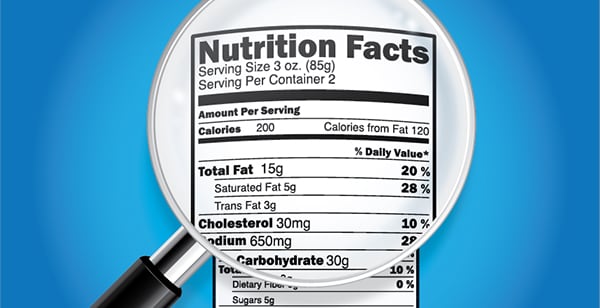



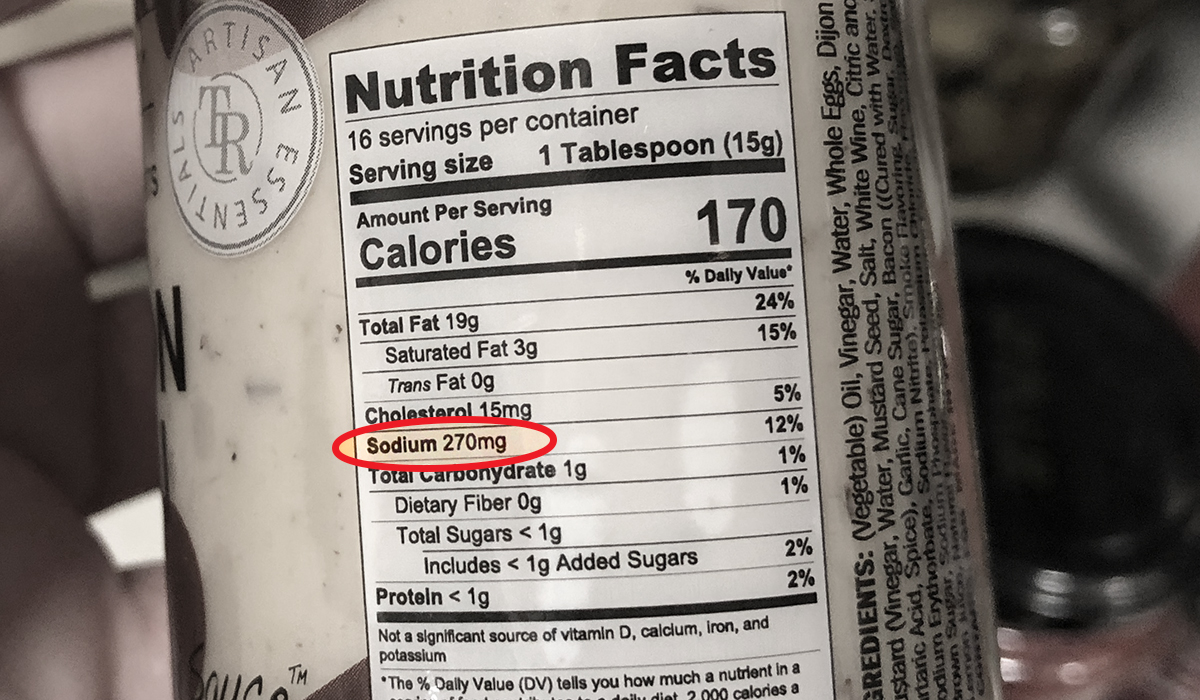
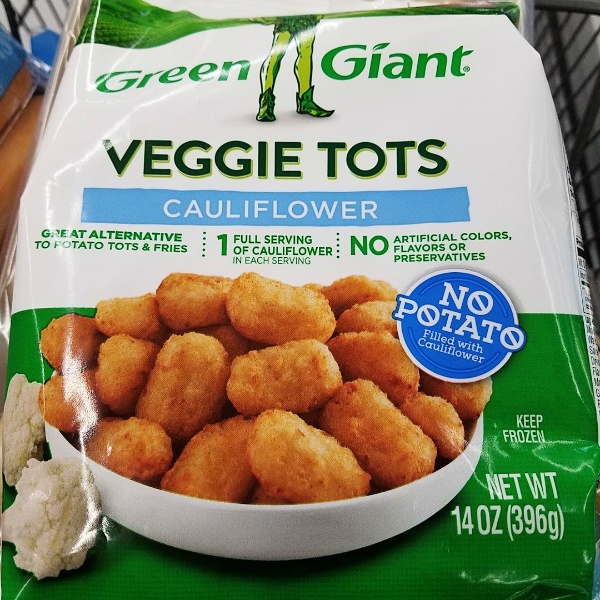
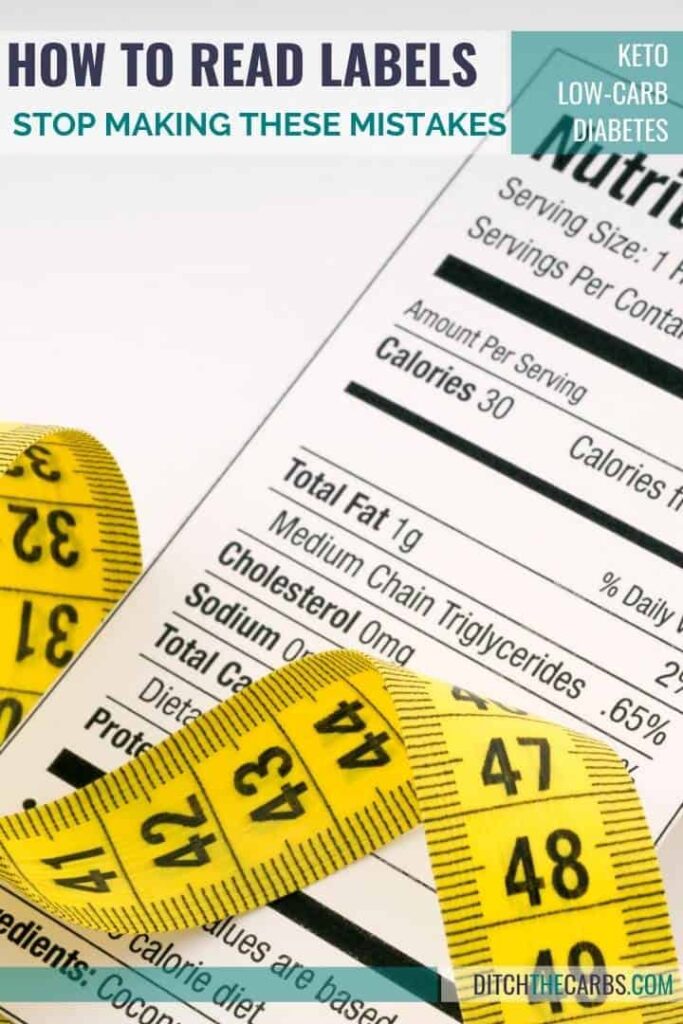
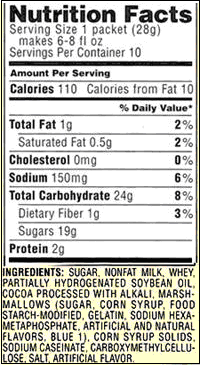
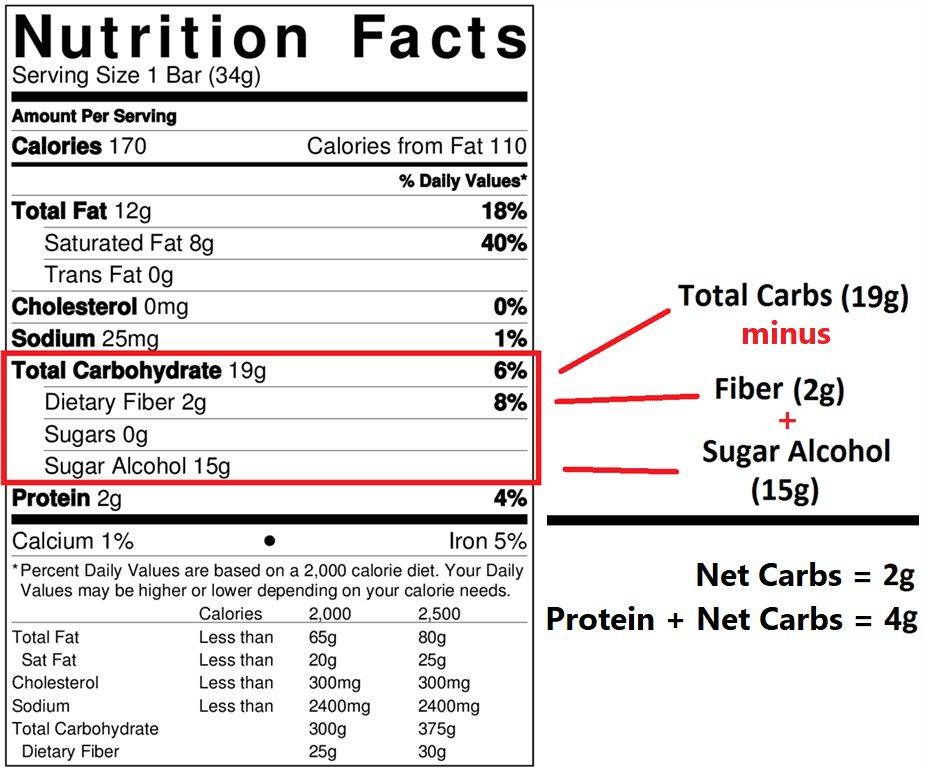
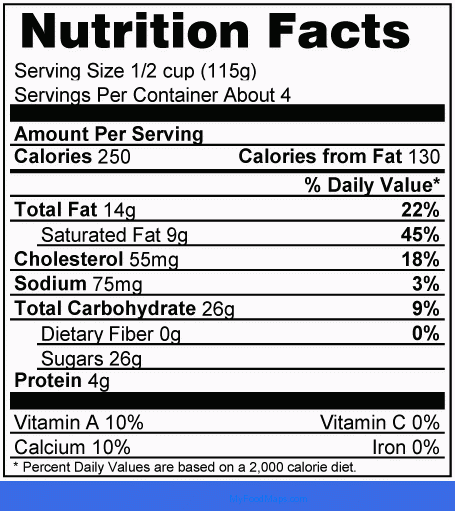
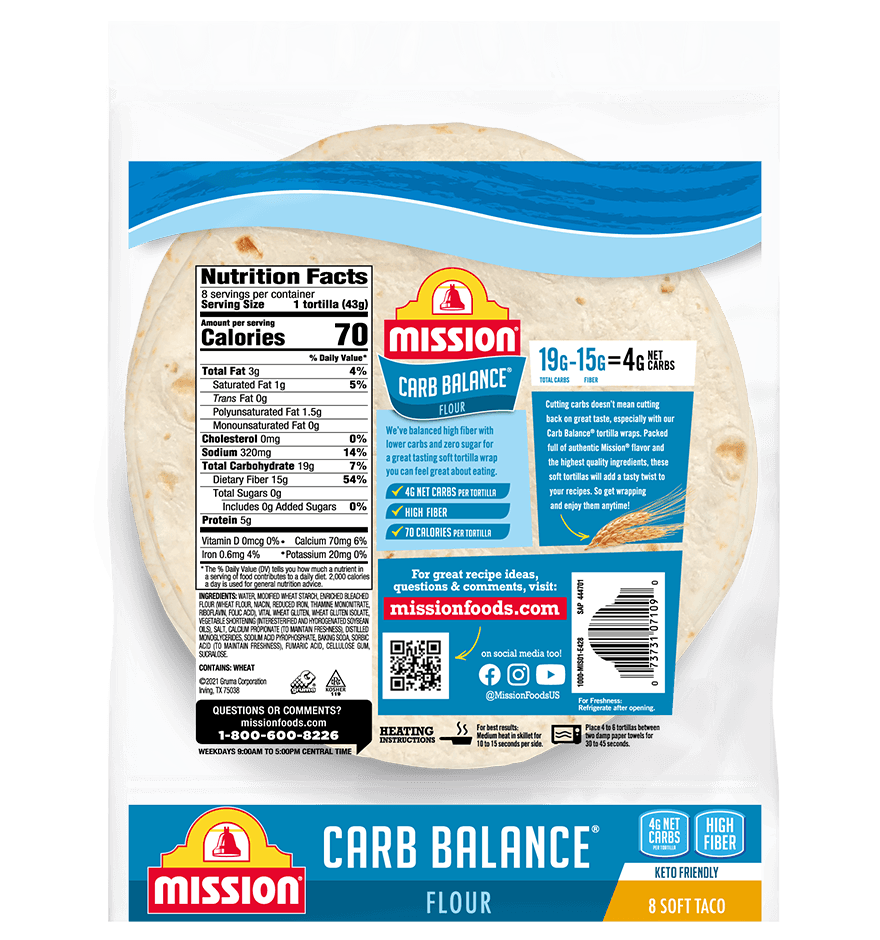
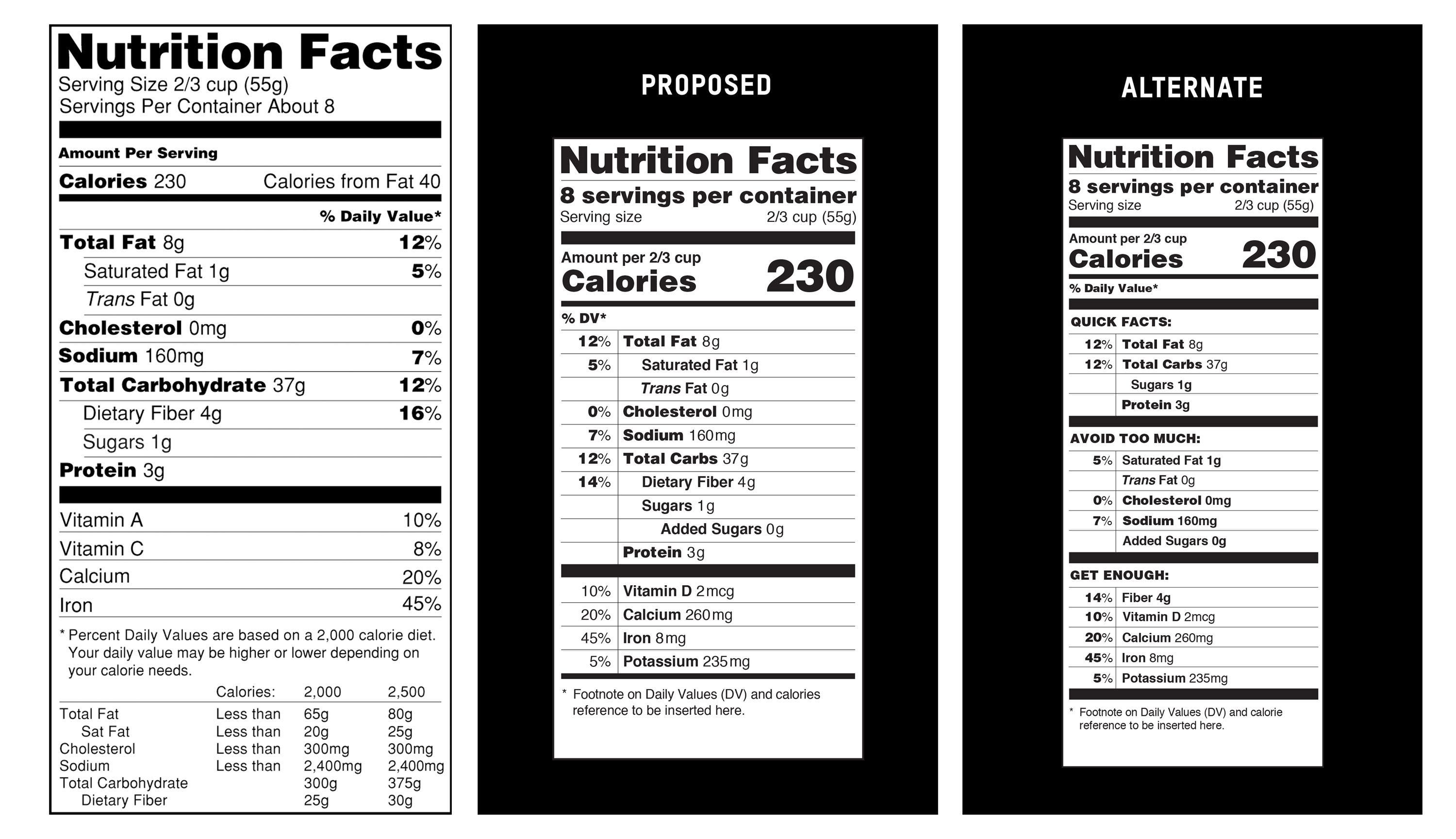

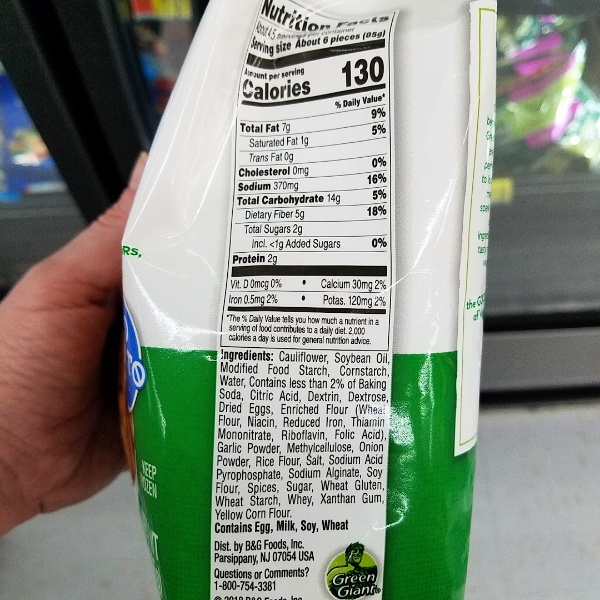
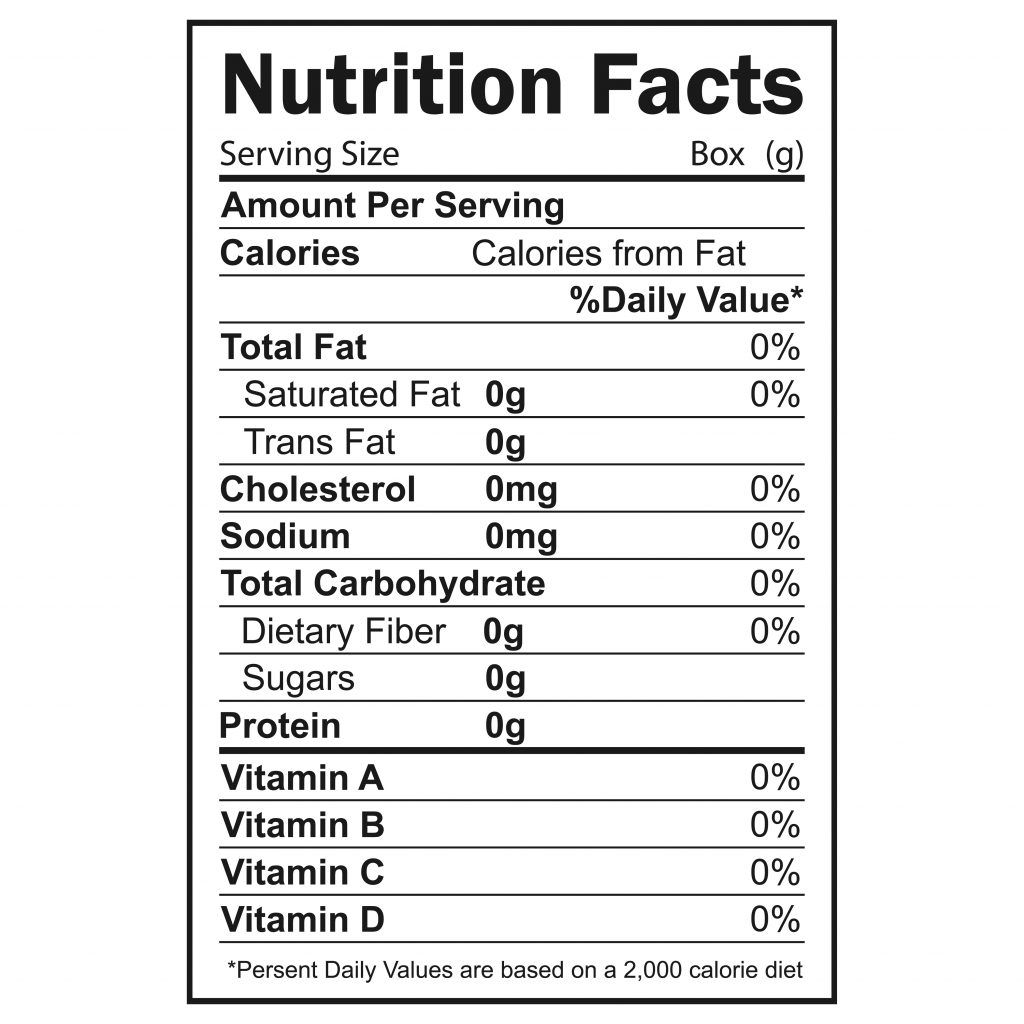
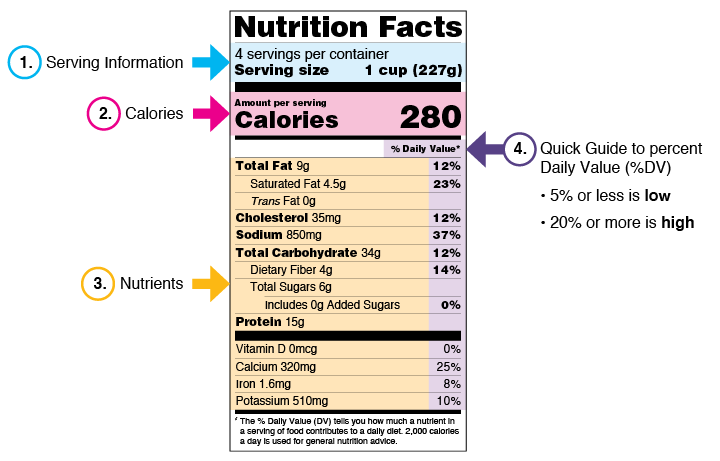

Post a Comment for "45 carbs on food labels"